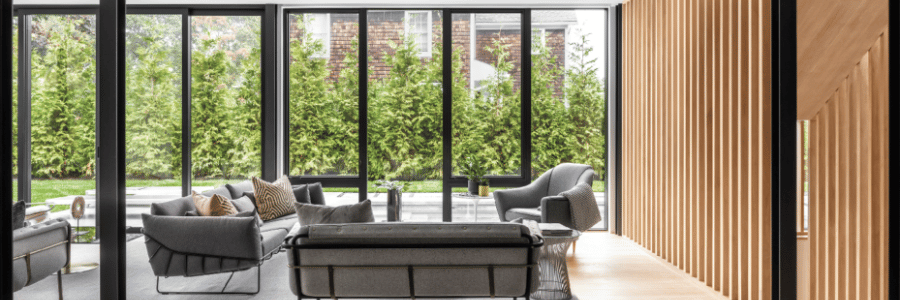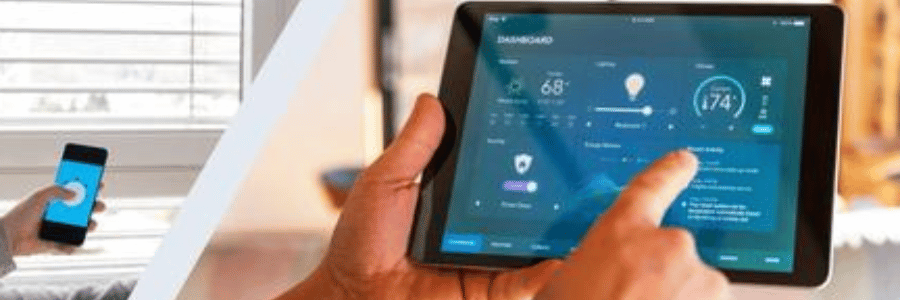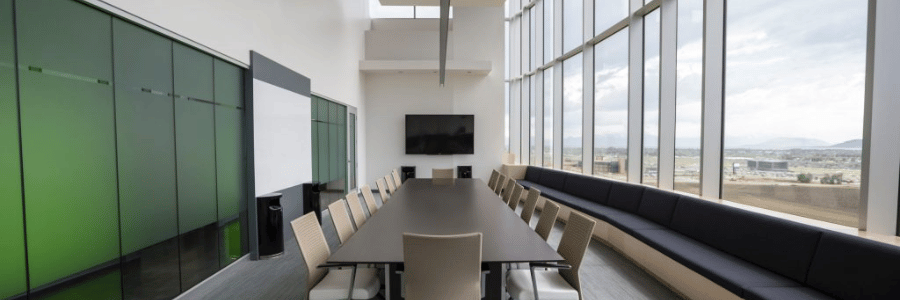As technology continues to evolve, our homes are becoming smarter and more interconnected. While the concept of smart homes often brings to mind gadgets like voice-controlled assistants, smart lights, or security cameras, there’s another seemingly overlooked but crucial element of your home that is quietly transforming — the windows.
Today, windows are no longer just simple barriers between the indoor and outdoor environments; they’re becoming an integral part of the smart home ecosystem. Imagine a window that adjusts its tint based on the time of day, regulates the temperature inside your home, or even enhances your security by acting as a sensor in a home automation system. Let’s dive into how windows are becoming the key to seamless comfort, control, and energy efficiency in your home.

Smart Windows and Temperature Control:
One of the most significant ways windows are integrating into smart homes is through temperature regulation. In collaboration with smart thermostats, windows can help create a more energy-efficient environment. Smart windows with electrochromic or photochromic technology can automatically tint or change opacity in response to light, reducing the need for excessive heating or cooling.
For example, during the hottest part of the day, the windows can darken to prevent the sun’s heat from entering your home, helping your air conditioning system maintain a comfortable temperature. In colder months, windows can allow more sunlight in to naturally heat your living space. When paired with a smart thermostat like Nest or Ecobee, these windows ensure that your home stays at the ideal temperature without wasting energy.

Enhanced Lighting Control:
Smart windows aren’t just about keeping your home comfortable—they can also play a role in creating the perfect ambiance with integrated lighting systems. Many smart windows are equipped with sensors that can detect the amount of natural light coming in from the outside. By adjusting the tint of the windows, these systems can ensure that your home stays well-lit throughout the day without the need to manually adjust the curtains or blinds.
Pairing these windows with smart lighting systems allows your home to automatically adjust both natural and artificial lighting based on the time of day, your personal preferences, and even the activities you’re engaged in. For example, as the natural light dims in the evening, your smart lighting system will gradually increase the brightness inside, creating a cozy atmosphere for relaxation or dinner. This seamless integration of natural and artificial lighting contributes to a more energy-efficient and aesthetically pleasing home.
Security and Safety Enhancements:
Another exciting area where windows are contributing to the smart home ecosystem is in security. Smart windows can be equipped with motion sensors or glass break detectors that alert you in case of any suspicious activity. For example, if a window is tampered with or shattered, your security system can immediately notify you, trigger an alarm, or even activate a security camera to capture the event.
Additionally, smart windows can be programmed to lock automatically when you leave the house or at a set time each night. When integrated with your home’s broader security system, windows become an active part of your home’s defense, offering both peace of mind and enhanced protection.

Smart Integration with Other Devices:
Windows are also becoming smarter by integrating with other devices in the home. For instance, your smart window system might sync with your home’s automated routines. Imagine coming home after a long day, and as you pull into the driveway, your windows automatically brighten to let in natural light and adjust their tint for optimal comfort.
Windows can also communicate with other smart devices like door locks, security cameras, and motion sensors. If your security system detects someone near your home, your windows could automatically darken, preventing the view from inside your house, adding another layer of privacy and security.

Energy Efficiency and Sustainability:
As the push for sustainability increases, windows are playing an essential role in making homes more energy-efficient. Smart windows can help reduce the need for heating and cooling, improving your home’s overall energy efficiency. By allowing more or less sunlight into the home depending on the season or time of day, they regulate the internal temperature naturally, reducing the reliance on artificial heating and cooling systems.
Many smart windows also incorporate sustainable materials or coatings that reflect or absorb UV rays, further enhancing their energy-saving properties. These windows can help reduce your carbon footprint while also lowering your energy bills.

A Glimpse of the Future:
As we look ahead, the possibilities for smart windows are endless. With advancements in materials and technology, we could soon see windows that actively adjust their transparency based on your needs, providing both privacy and protection from the sun while still allowing a clear view of the outside world. We may even witness windows with built-in displays, offering a new way to interact with your smart home, check the weather, or even watch your favorite shows.
Windows could eventually work with AI to anticipate your needs, adjusting based on your daily routines, health metrics, or external environmental factors. For example, a smart window might notice that you are working from home and adjust the lighting and temperature for maximum productivity, or it could adjust to provide a calming atmosphere at the end of a busy day.

Conclusion:
Windows are quickly becoming an essential piece of the smart home puzzle. By integrating with thermostats, lighting systems, security devices, and other smart technologies, windows are enhancing comfort, control, and energy efficiency in ways we couldn’t have imagined just a few years ago. As this technology continues to evolve, windows will become even more versatile, providing us with greater control over our home environment and contributing to a more sustainable future.
The future of home automation lies not just in the gadgets we add but in the very architecture of our homes—including the windows that can now connect us to a smarter, more efficient way of living. So, the next time you look out your window, remember it’s not just a view—it’s a key to your smarter future.

